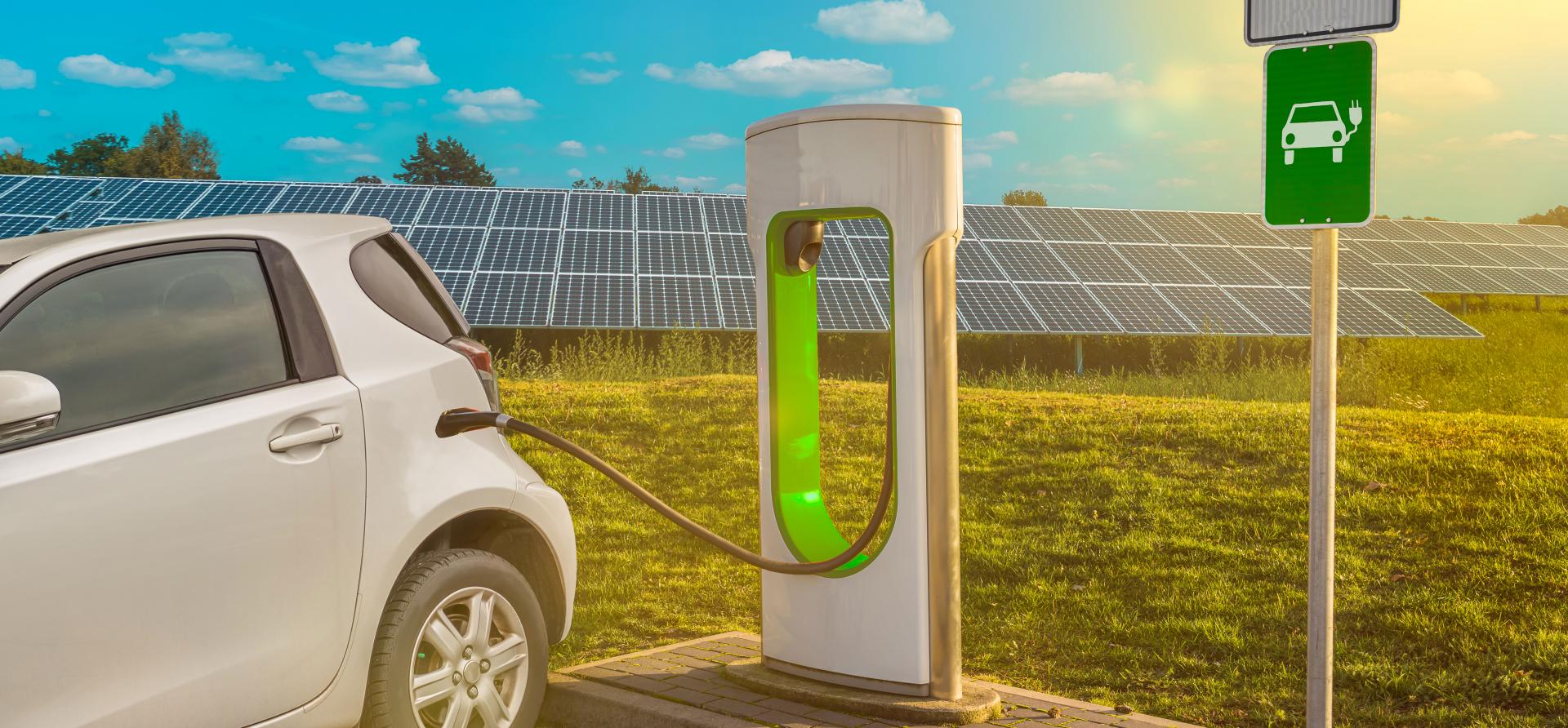Steering by the southern sun - Australians are missing a trick on solar-powered electric vehicles
Download Full Report
View Press Release

Key Findings
Residential batteries are significantly more expensive in Australia than in Germany
Australia lacks a support regime for Electric Vehicles.
Executive Summary
In this report, we investigate the potential for Australian citizens to capitalise on the country’s exceptional solar resources and surging residential solar rooftop market to drive growth in electric vehicles (EVs). Australia has seen rapid growth in rooftop solar power, as households have seized the opportunity to cut relatively high electricity bills, by developed country standards, by exploiting some of the world’s best solar irradiation, assisted by rapid falls in global solar module and battery prices. We explore whether they can go a step further, and capitalise on cheap solar and battery power to drive down motoring costs, by tapping into a growing global electric vehicle market, where the country so far has lagged.
Capitalising on cheap solar and battery power to drive down motoring costs.
As of September 2019, a fifth of Australian households, or 2.2 million, had installed some 10 gigawatts (GW) of roof-top solar, making it a world leader by market share. Lately, Australia has also seen strong growth in residential batteries, cumulatively at tens of thousands. However, Australia has lagged in the uptake of another emerging digital energy technology, EVs. In 2018, Australia achieved just 1,800 new EV sales, or a miniscule 0.21% market share. That is far below peer countries by economic size or region, such as Korea (29,630 new EV sales last year), the Netherlands (25,070), Canada (22,660), or New Zealand (4,360).
Solar power can be used to charge EVs via a stationary battery. Given the availability of low-cost solar power, and high domestic electricity prices, we investigated the potential for Australians to save money on a conventional gasoline car, by buying instead an EV coupled with residential solar power and battery. We estimated the number of years it takes to pay off the cost of a combined new EV, rooftop solar system and residential battery, through the savings generated by on-site power generation and from avoiding the cost of buying and fuelling a conventional car. We estimate payback periods both today, and through 2030, taking into account expected cost reductions in EVs, solar power and batteries.
We also investigated whether Australia could benefit from the experience of Norway, the world leader by EV market share. In 2018, Norwegians bought 46,140 new EVs, a 29% annual market share, far ahead of second-placed Netherlands, at 6%. Norway has achieved rapid EV growth through both taxes on conventional cars, which may be unpalatable in Australia, and incentives including exemptions on road tolls and value added tax (VAT).
Press release: IEEFA report: Solar potential in Australia warrants investing in electric vehicle market
Please view full report PDF for references and sources.
















